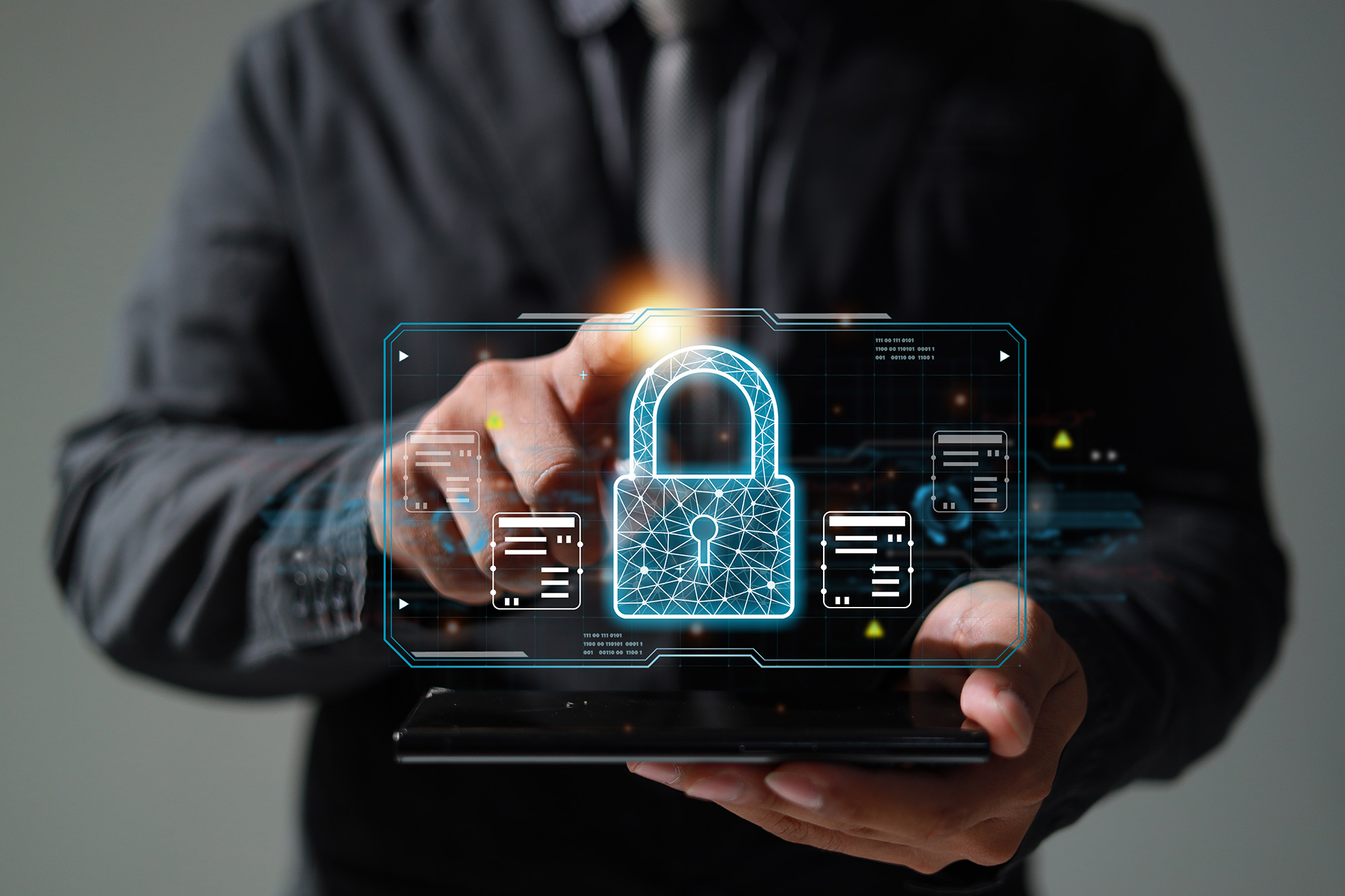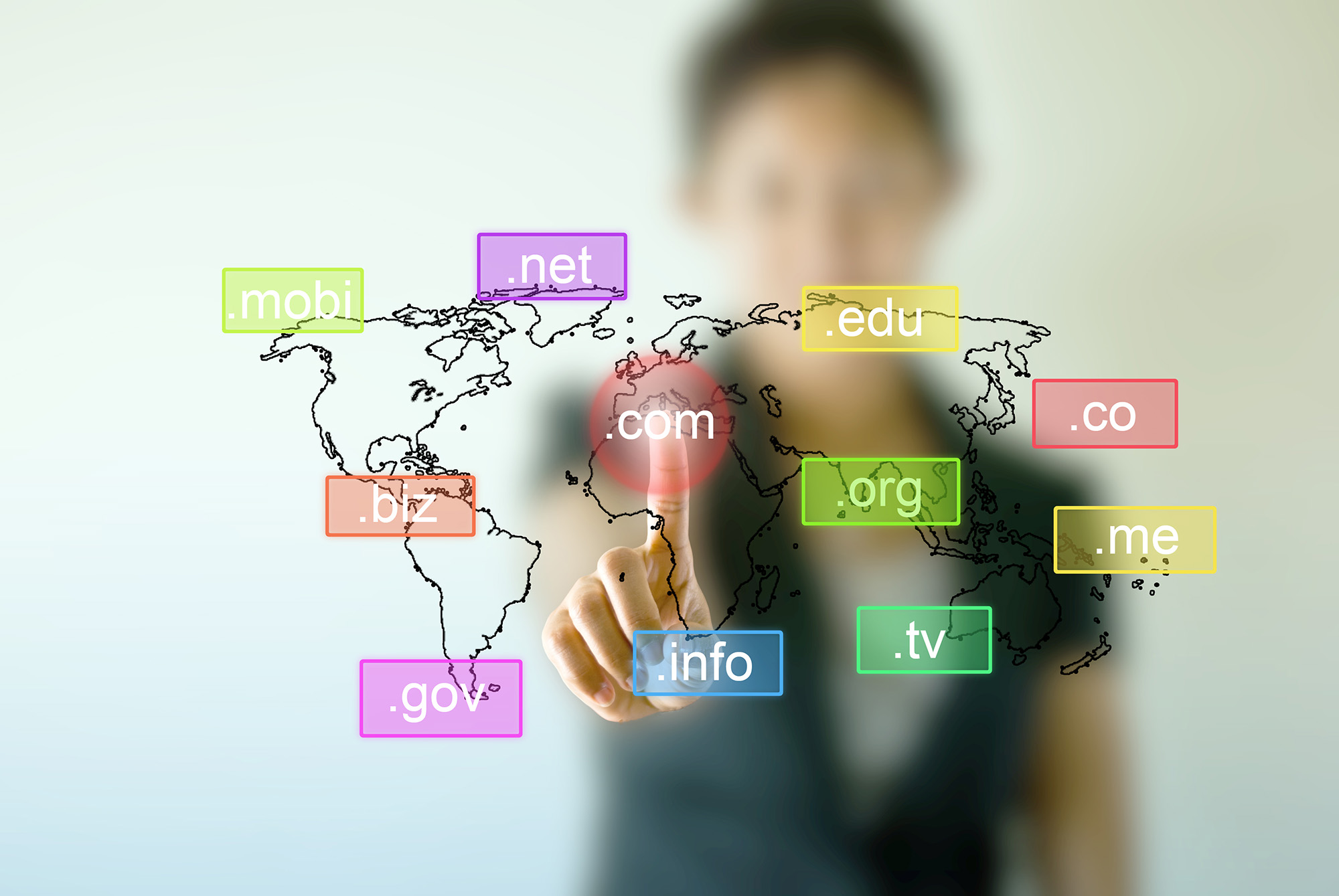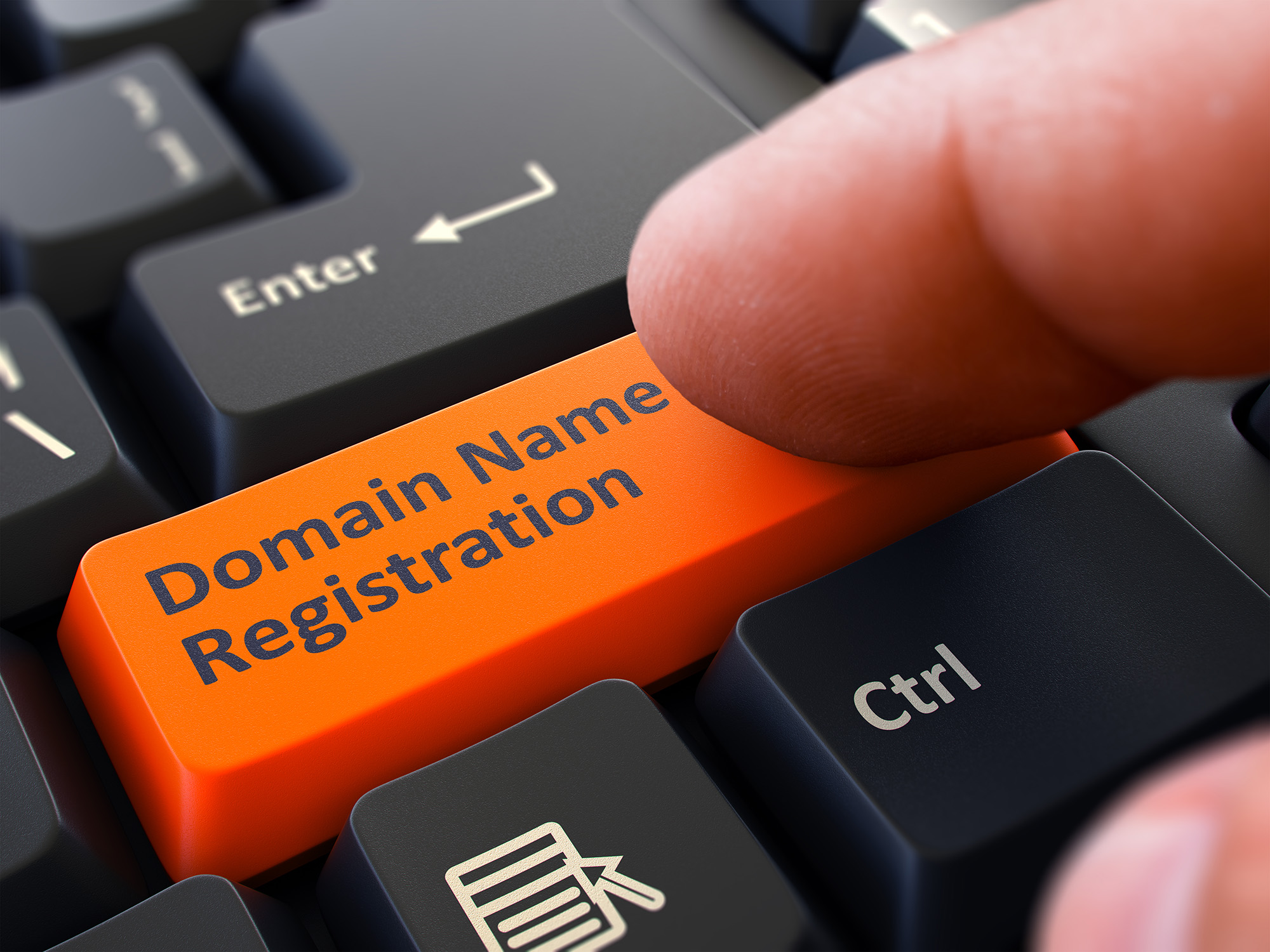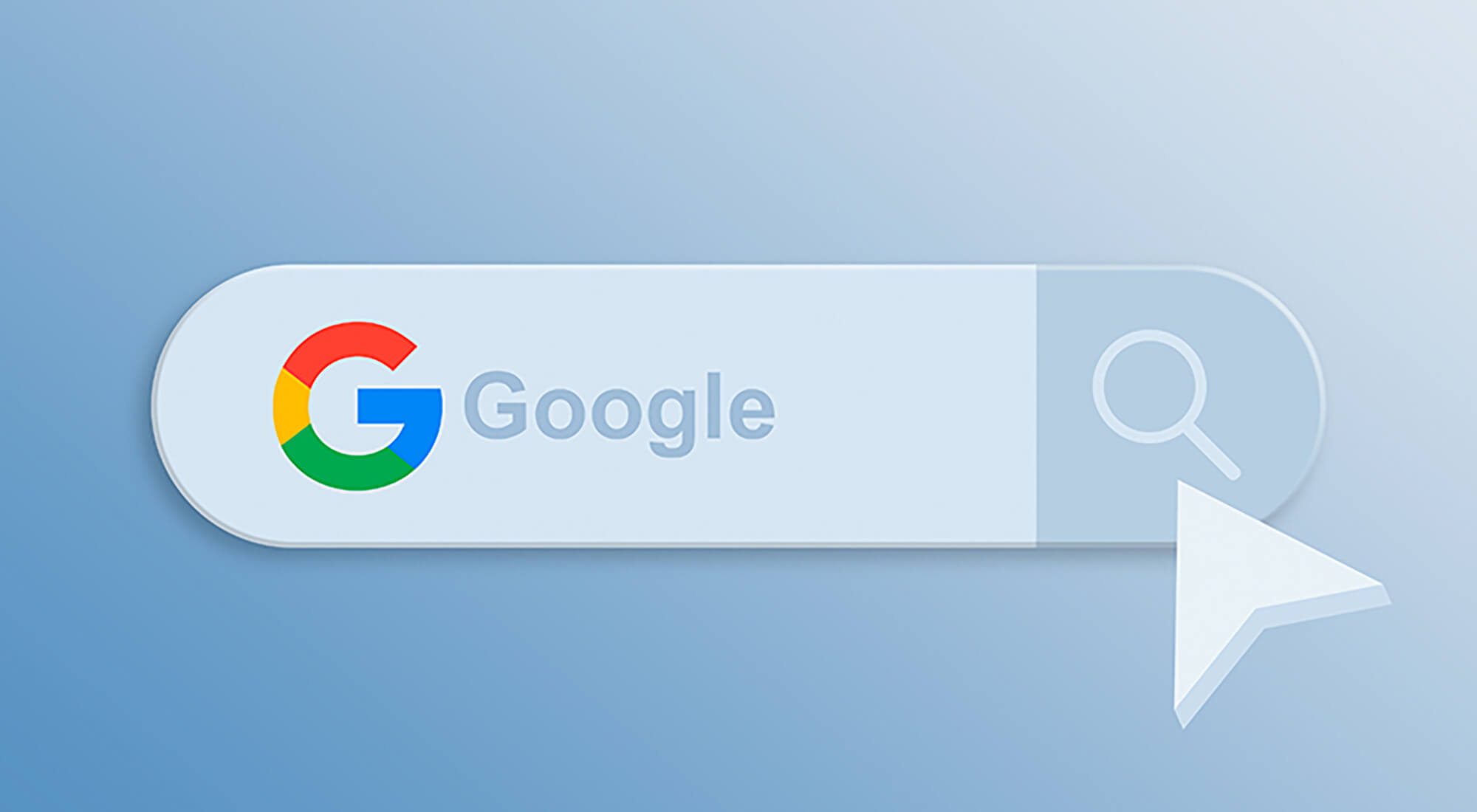
WHOIS Privacy/Domain Privacy:
What is it? WHOIS privacy (often referred to as domain privacy) replaces your personal information in the WHOIS directory with the details of a forwarding service.
Benefits: It shields your personal data from prying eyes, reduces spam, and offers an extra layer of identity protection.
Cost: While some registrars offer this service for free, others may charge an additional fee.
Domain Locking:
What is it? Domain locking prevents unauthorized transfers (or “hijacking”) of your domain to another registrar or registrant.
How to Use: Most registrars provide an option in their control panel to ‘lock’ or ‘unlock’ a domain. Ensure it’s always set to ‘locked’ unless you’re transferring the domain.
Two-Factor Authentication (2FA):
What is it? 2FA adds an additional layer of security by requiring two types of identification before accessing your account.
Benefits: Even if a malicious party obtains your password, they won’t be able to access your account without the second form of identification, usually a code sent to your phone or email.
Regularly Update Account Information:
Ensure the email address associated with your domain registration is always accessible. Registrars communicate vital information, including renewal notices and security alerts, through this.
Update passwords periodically and use strong, unique combinations.
Beware of Domain Scams:
Some scammers send fake renewal notices, trying to trick you into transferring your domain or paying for unnecessary services. Always double-check such communications directly with your registrar.
Expiration Alerts:
Many registrars offer alerts to remind you when your domain is about to expire. Keeping your domain registration up to date prevents it from lapsing, which could allow someone else to register it.
Backup DNS:
While not directly related to domain privacy, having a backup Domain Name System (DNS) provider can protect your online presence. If one DNS provider faces issues, the backup can ensure your website remains accessible.
Legal Protections:
If you have a unique brand or product name, consider trademarking it. This provides an additional layer of protection, ensuring others can’t register a domain with your trademarked name maliciously.
In conclusion, while the internet offers incredible opportunities for businesses and individuals, it’s not without its pitfalls. Safeguarding your domain information requires a combination of utilizing built-in protective services and exercising caution. With the right measures in place, you can ensure your domain remains your secure digital home.








